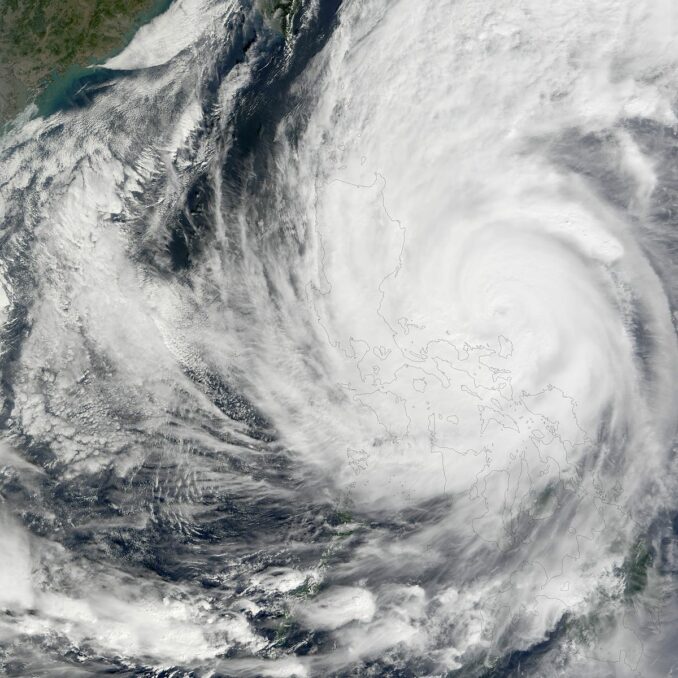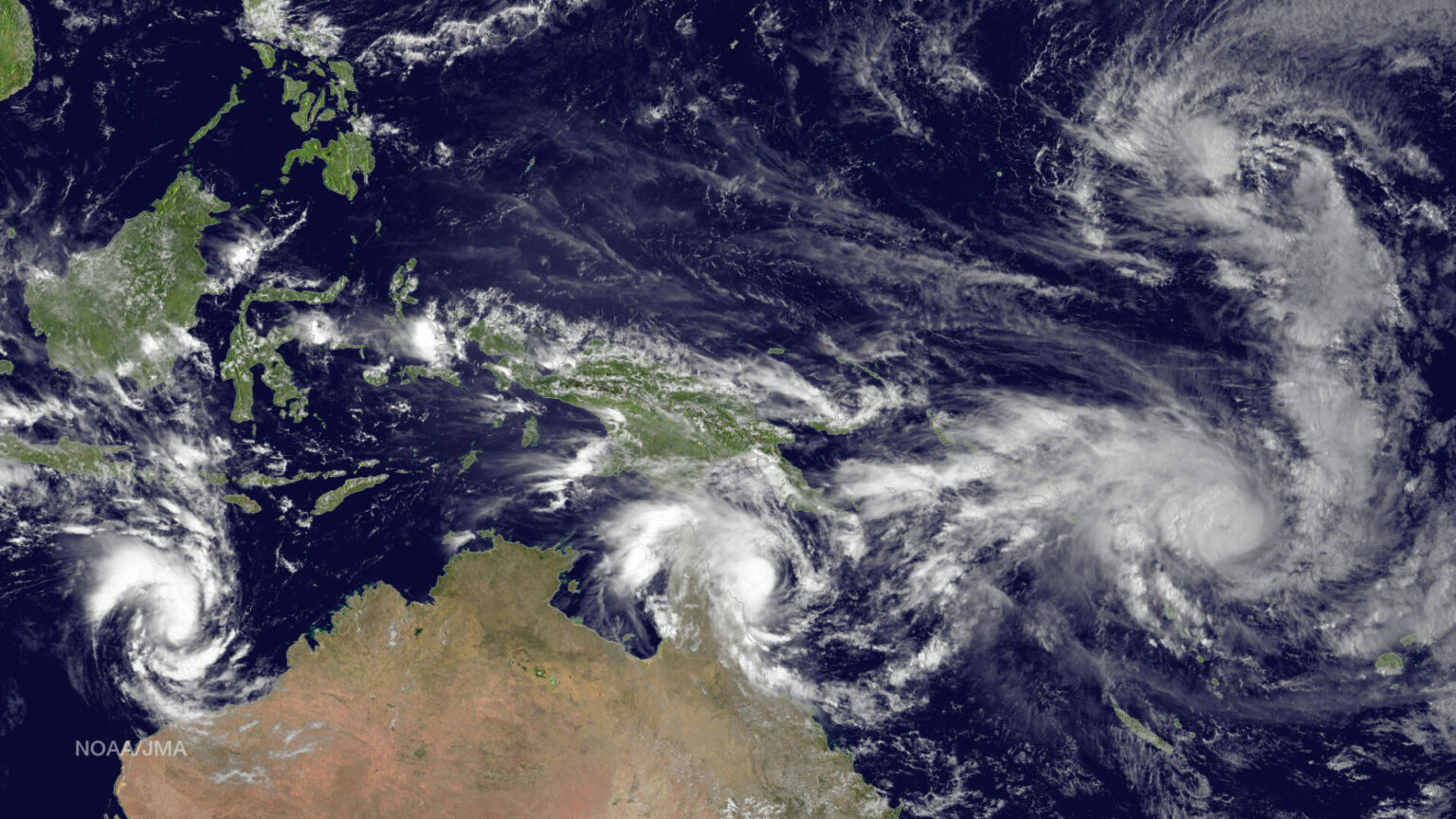Typhoon Khanun, a formidable tropical cyclone, has taken an unpredictable and unusual path, leaving a trail of destruction in its wake. After pummeling Okinawa last week, the storm has made a surprising zigzag movement, placing Japan’s Kyushu Island in its crosshairs and sending ripples of concern through South Korea. As both nations prepare for the potential onslaught of heavy rains and powerful winds, the meteorological anomaly is a stark reminder of nature’s untamed forces. This article delves into the latest developments and implications of Typhoon Khanun’s erratic trajectory.

Table of Contents
Japan’s Ongoing Battle: Khanun
As Typhoon Khanun began its tumultuous journey, Japan was its initial victim. The storm initially struck Okinawa with devastating force, claiming at least two lives and leaving nearly 100 people injured. Thousands of households were left without power as the typhoon unleashed fury on the country’s southernmost prefecture. Despite the initial destruction, the storm’s behaviour took an unexpected turn, capturing the attention of meteorologists and residents alike.
Currently hovering over the smaller islands of Kikai, Amami, and Yakushima, Typhoon Khanun is approximately 120 miles south of Kyushu, the southernmost main island of Japan. The Japan Meteorological Agency (JMA) has issued warnings and evacuation orders, preparing residents for the impending impact. The typhoon’s eye is projected to graze Kyushu before setting its sights on South Korea’s southern coast, with Thursday morning earmarked as a potentially turbulent arrival.
The unpredictability of Typhoon Khanun’s trajectory has once again highlighted the vulnerability of coastal regions and the need for robust disaster preparedness measures. While Japan has long been accustomed to dealing with typhoons, the storm’s unusual route serves as a reminder that nature’s fury cannot be underestimated.
South Korea’s Preparations and Concerns
As Typhoon Khanun sets its sights on South Korea, the nation is taking proactive measures to mitigate potential damage. With memories of past typhoon-related disasters still fresh, authorities have issued landslide and flood warnings, preparing citizens for the storm’s impact. The safety of tens of thousands of teenagers participating in the 25th World Scout Jamboree is of particular concern.
Already grappling with a relentless heat wave, South Korea’s preparations for Typhoon Khanun have added an additional layer of urgency. The government has instructed local officials to close down coastal areas, hiking trails, river parks, and underpass tunnels, all susceptible to flooding. The intricate web of preparations underscores the complex challenge of balancing public safety with the needs of major events like the World Scout Jamboree.
The Potential Impact
While Typhoon Khanun’s intensity has diminished since its initial strike on Okinawa, its potential impact on both Japan and South Korea remains significant. The slow movement of the typhoon, coupled with the prolonged exposure to its effects, raises concerns about excessive rainfall. The JMA has cautioned that the typhoon’s total rainfall could greatly surpass August’s typical monthly average.
The storm’s path is expected to unleash heavy rainfall, with areas of Kyushu and Shikoku likely to experience thunderstorms with precipitation of up to 400 mm (16 inches). Even areas further north, such as Osaka and Nagoya, are bracing for the storm’s effects. Beyond the immediate threat, Typhoon Khanun’s trajectory also highlights the potential for unanticipated shifts in weather patterns, challenging even the most advanced meteorological predictions.
Typhoon Khanun’s unexpected journey from Okinawa to Kyushu and South Korea underscores the complexity and unpredictability of nature’s forces. As both Japan and South Korea mobilise resources and brace for the storm’s impact, the focus shifts to disaster response and the safety of residents and participants of significant events. These nations’ resilience and preparedness will be tested, showcasing the importance of effective planning and timely action in the face of meteorological uncertainty. Ultimately, the resilience of communities and the ability to adapt to changing conditions will be the true testament to overcoming Typhoon Khanun’s erratic path.













